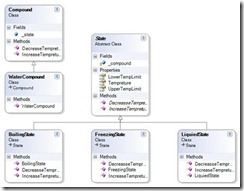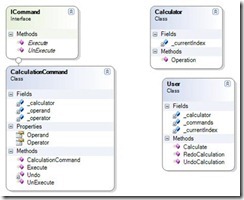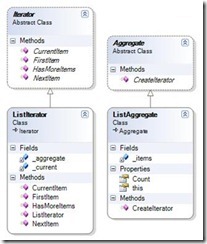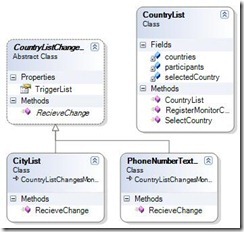Dealing with time is something crucial that we need to a pay very close attention to it. I like the aphorism that say " Time is like a river. You can’t touch the same water twice", This is very true statement and I am having it in front of me every single minute in my every day.
In my past days I wasted many days doing not useful things. I have a guilty feeling because of that and I hope if I can go back to fix that. But there is no Time-Machine that will get me back to that time to fix my mistakes. I hope if I can have a time-machine that will lead me to correct my mistakes I made in the past. I learned that in the hard way while I could learn it in the easy way if I listen to my father or teacher when they were telling me about an Arabic aphorism that says "Time life like a blade, if you did not kill it; it is going to kill you" meaning if you did not utilize your time in a very useful things, this will fire back on you after a while.
These days, I am trying to utilize every single minutes in my day and optimize my life for that. Well, I admit this is very hard but I would not make the same mistake as the old days. One thing that trigger me to write this article is a discussion I have with one of my family members about the impotency of time and how we should deal with it.He wanted to spend most of his time playing games and at coffee-shops. I was totally against this while he was trying to convenes me with his thought which I was totally disagree on them.
I believe you have to do funny things and spend time with family and friends but that does not means wasting the whole holiday days doing such a stuff. Playing Computer games , gambling , and spend the whole night with friends is not the best thing that you can do during holidays. For me, I need to balance between spending time with family/friends and reading and enhance my knowledge.
I would love to hear from you on this topic, Please share your thoughts on this topic by commenting on this article




